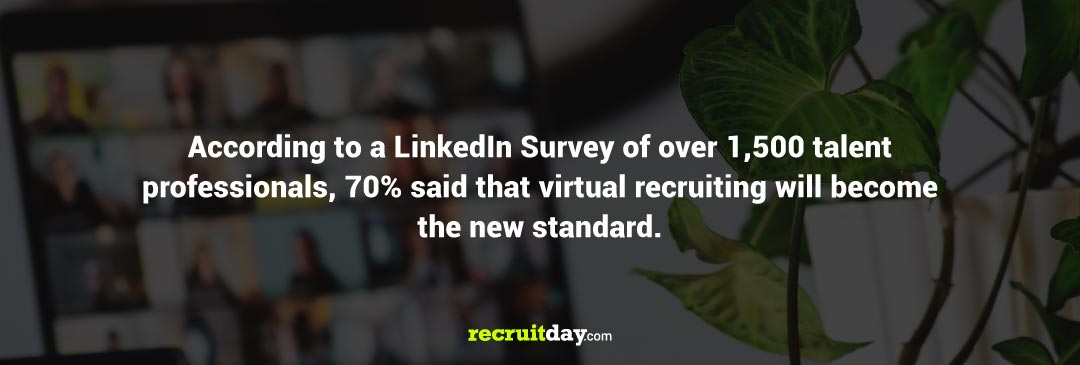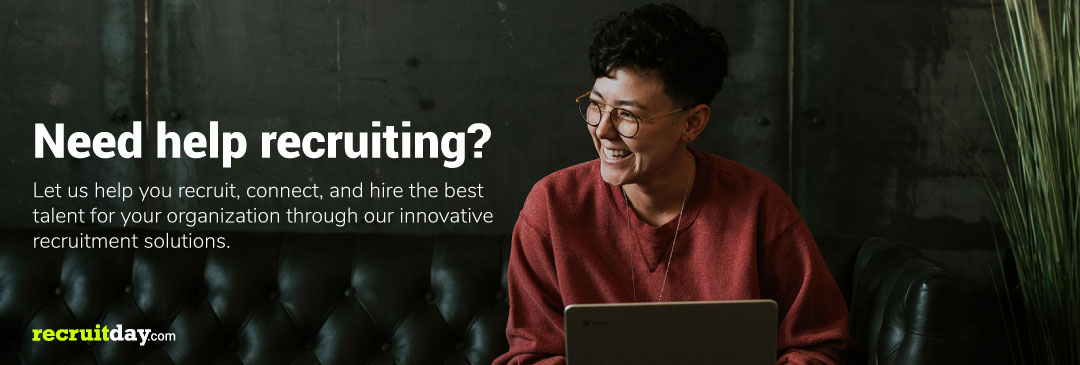RECRUITMENT AND HIRING: THE HR TRENDS IN THE NEW NORMAL
SEPTEMBER 20, 2021

Key Points:
- The COVID-19 pandemic has put increased pressure on recruiters and HR teams to help a company transition and survive in the new normal
- Virtual hiring is the standard
- Employee wellness is more important than ever - and potential candidates seek companies who prioritize wellness
- Gamification is one of the best ways to create better engagement among candidates and employees
The past year and a half have proved to be a watershed moment for recruitment and hiring. The shift to remote work has seen to it that many people can now work from anywhere and at any time. Additionally, strict adherence to health protocols means crowded, bustling offices will be a thing of the past, replaced by armies of workers clocking in from their homes.
Yet increasing flexibility in the workplace does not mean things have become easier for the recruitment and acquisition teams. On the contrary, the pandemic has put increased pressure on recruiters and HR teams to help a company transition to the new normal by focusing on remote candidates, helping upskill current employees, and focusing on greater diversity and inclusion.
With recruiters and HR teams taking on an increasingly pivotal role because of the effects of the pandemic, this article will take a look at the HR trends that have gained traction over the past year and a half.

Virtual hiring is the name of the game
Akin to how a hybrid workforce of both on-site and remote employees has increasingly become standardized, the hiring process too will go hybrid. People believe in it too. According to a LinkedIn survey of over 1,500 talent professionals, 70% of respondents say that virtual recruiting will become the new standard. Virtual hiring has also become popular because it saves time and resources—no longer will applicants have to spend time and money traveling to an interview, they can instead simply enter a meeting link.
For the first time, businesses are forced to create a recruitment process that’s entirely virtual from start to finish. The challenge is for businesses to learn the technologies that’ll enable an end-to-end virtual recruiting experience.
The good news is that virtual recruitment will vastly expand the talent pool available to employers. The business that perfects its virtual recruitment process will unlock a whole new world o potential that was previously unavailable when recruitment took place 100% in-person.
Employee wellness is more important than ever
The well-being of employees is always important, but when they’re in the middle of a pandemic it becomes especially so. Research from the Conference Board of Canada found that four out of ten respondents reported more mental health problems in their organizations since the start of the pandemic, exacerbating problems like employee burnout.
To keep employees happy during the pandemic, businesses now must invest in employee well-being and mental health initiatives, to the point that employee well-being will be a core priority of the organization. Multinational companies such as Marriott, for example, have invested in wellbeing programs that cover not only physical and mental health but career development, financial planning, team building, recognition, sustainability, and social impact. Accenture has its app-based “Accenture Active” initiative program that rewards employees for hitting key wellness goals like exercising or meditating for the day.
HR teams everywhere must get ready to make room to facilitate well-being programs, lest applicants go to competitors instead.

Engaging recruitment process through gamification
With applicants, employers, and employees working separately because of remote work, businesses must make sure everyone involved is truly engaged.
Gamification is one way of ensuring engagement, which basically means turning processes into a game of sorts. In the military, for example, various computer games of military logistics are being designed to train the recruits.
The recruitment process is one aspect of work ripe for gamification. If you’re looking for a candidate with exquisite memory and problem-solving skills, you can use an app like Lumosity during the hiring process to get candidates to solve various puzzles and mental problems. This is in contrast to a drawn-out candidate assessment that may just end up turning off potential applicants.
But gamification in HR isn’t only useful for finding and hiring the right people. Companies who use gamification for onboarding tend to experience a close to 50% increase in engagement and 36% lower staff turnover.
The new tomorrow of HR and recruitment
The above trends should show that HR/recruitment is changing dramatically—and fast. In order to keep up, businesses will have to enable their HR and recruitment teams to adopt new technologies, try out new ideas, and play a bigger overall role.
Though the transition will take hard work, it needn’t be impossible. Once the process is all started, it’ll certainly be all worth it.
Header photo: Technology photo created by rawpixel.com - www.freepik.com
Need help recruiting? Send us a message or visit our Solutions Page.
SEND US A MESSAGE | POST A JOB FOR FREE | LEARN MORE ABOUT OUR SOLUTIONS

SEPTEMBER 20, 2021


